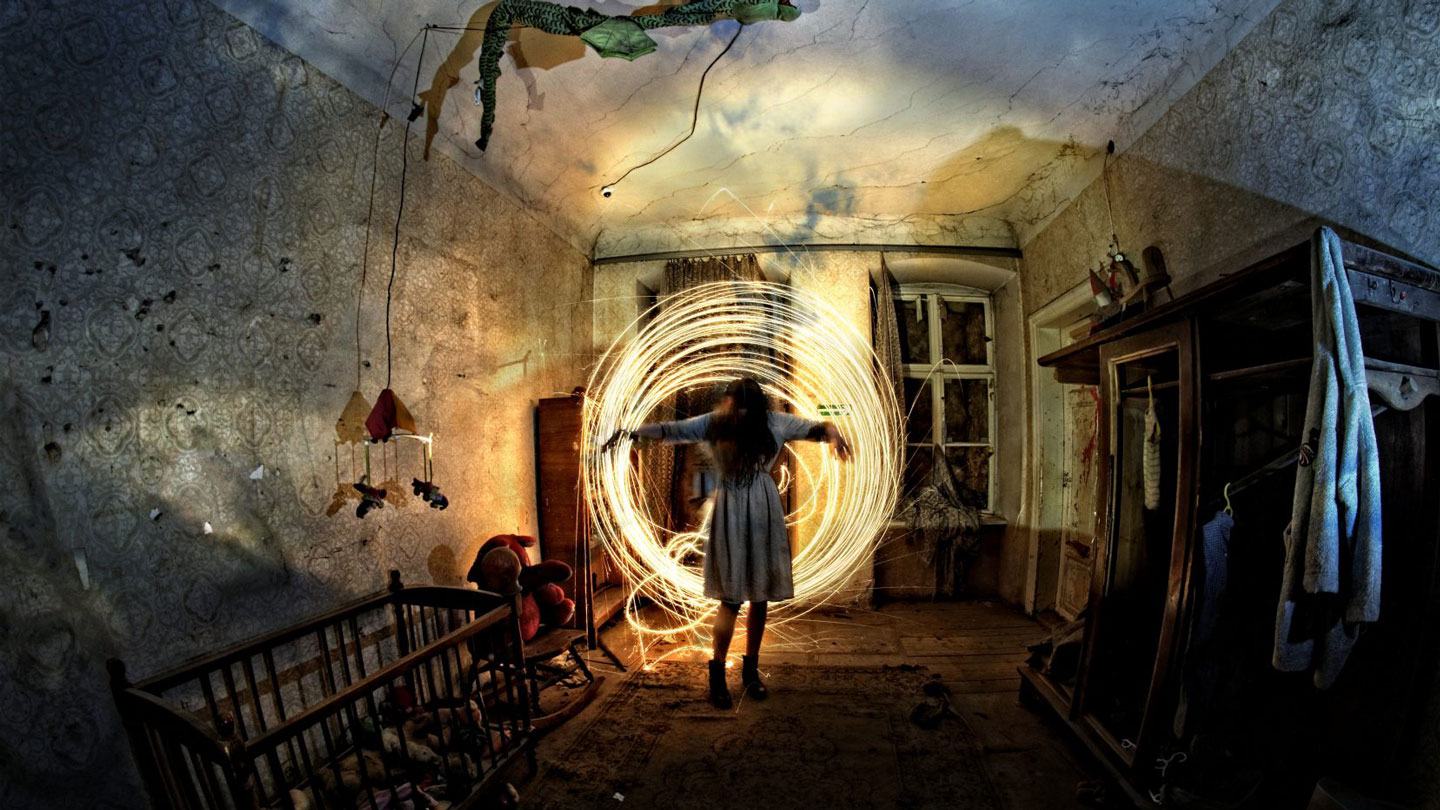
In the unpredictable world of personal finance, having an emergency fund is one of the most important steps toward achieving financial stability. Joseph Rallo NYC, a seasoned financial strategist, emphasizes that an emergency fund is not just a luxury but a critical financial tool that can protect you from unexpected life events. From medical emergencies to job loss or urgent home repairs, Rallo’s guidance on building an emergency fund provides a practical roadmap for individuals seeking financial peace of mind.
Why an Emergency Fund is Essential
According to Rallo, an emergency fund acts as a financial cushion that can help you navigate life’s uncertainties without derailing your long-term financial goals. “Life happens unexpectedly, and when it does, an emergency fund ensures you don’t have to fall into debt or use high-interest loans to cover urgent expenses,” Rallo explains. Without an emergency fund, people often rely on credit cards or loans, which can lead to a cycle of debt and increased financial stress.
Rallo stresses that an emergency fund is designed to cover unforeseen expenses like medical bills, car repairs, or a sudden loss of income. Without this buffer, individuals may struggle to cover these costs, which could cause a significant setback in their financial plans. “It’s not just about saving money—it’s about building resilience,” Rallo advises. “An emergency fund empowers you to face financial challenges with confidence.”
How Much Should You Save?
One of the most common questions people ask when starting an emergency fund is, “How much should I save?” Rallo recommends a personalized approach. While conventional advice suggests saving three to six months’ worth of living expenses, Joseph Rallo NYC suggests taking into account individual circumstances. “If you have a stable job and few financial obligations, you might need less. But if your job is unstable or you have dependents, you may want to save more,” he explains.
To determine how much you need, Rallo advises calculating your monthly expenses—things like rent, utilities, groceries, debt payments, and insurance—and multiplying that by three to six months. This will give you a target to aim for, providing clarity on how much you need to save for true financial security.
Step-by-Step Guide to Building Your Emergency Fund
1. Start Small and Build Consistently
Building an emergency fund may seem overwhelming at first, but Rallo encourages starting small and making regular contributions. “The key to building a solid fund is consistency, not speed,” Rallo says. Even if you can only set aside $100 or $200 a month, regular contributions will accumulate over time. The important thing is to treat saving for an emergency fund as a non-negotiable part of your monthly budget.
2. Automate Your Savings
One of the easiest ways to stay consistent is by automating your savings. Set up automatic transfers from your checking account to a separate savings account. “Automation ensures that saving becomes a habit rather than something you have to think about,” says Rallo. This reduces the temptation to spend money that should be saved and ensures that you are making steady progress.
3. Choose the Right Account
Rallo advises keeping your emergency fund in a separate, easily accessible account. While traditional savings accounts are a popular choice, Joseph Rallo NYC suggests exploring high-yield savings accounts or money market accounts that offer better interest rates. The goal is to grow your emergency fund while still keeping it liquid so that you can access the money when needed. “The fund should be accessible, but not so easily accessible that you dip into it for non-emergencies,” Rallo cautions.
4. Reassess Regularly
As life circumstances change, your emergency fund goal may need to be adjusted. Rallo recommends reassessing your savings needs at least once a year. This allows you to make sure your emergency fund is still sufficient for your current situation. For example, if you get married, have children, or experience a change in income, you may need to increase your savings target.
Maintaining Your Emergency Fund
Once you’ve built your emergency fund, it’s crucial to maintain it. Rallo advises against using the fund for non-urgent expenses. The purpose of this fund is to be a financial safety net, not a buffer for everyday spending. If you need to tap into the fund, make sure to rebuild it as soon as possible to maintain your financial security.
The Importance of an Emergency Fund: Joseph Rallo’s Steps to Build One
Categories:

